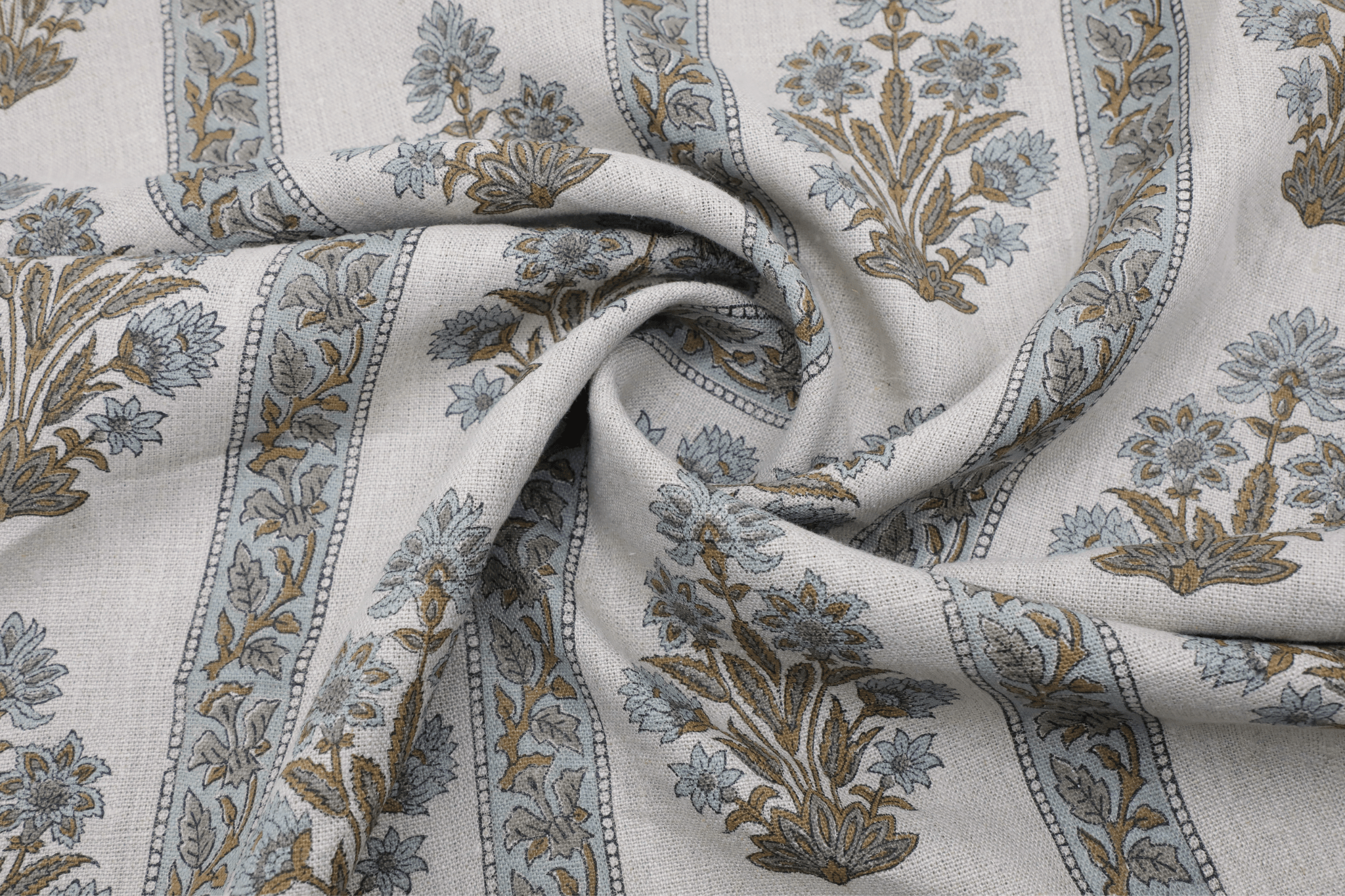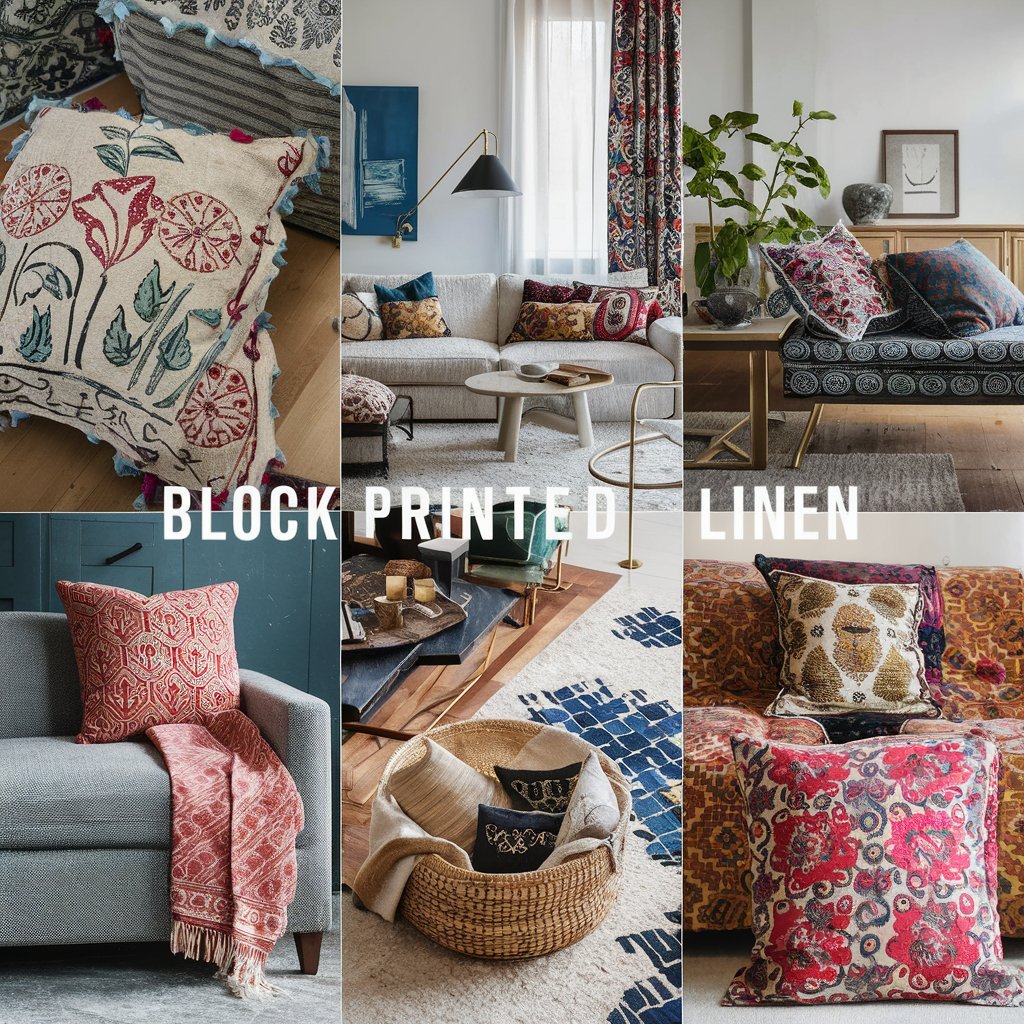Introduction to Eco-Conscious Fashion
Eco-conscious fashion is all about making choices that are better for our planet. It's picking clothes that don't harm the environment and support sustainable practices. Think about it like choosing a reusable water bottle over a plastic one. It's a small step, but it makes a big difference. In the world of eco-conscious fashion, materials matter a lot. Linen blend fabrics stand out because they mix the sustainability of linen with other fibers to make clothes that are not just kind to the earth but also comfy and stylish. By choosing linen blends, you're saying yes to clothes that use less water, fewer chemicals, and support a healthier environment. Remember, each piece of clothing you pick is a vote for the type of world you want to live in. So, making eco-friendly choices is not just trendy, it's necessary for our planet.
What is Linen Blend Fabric?
Linen blend fabric is a game-changer when you're aiming to green up your wardrobe. Let's break it down. Linen itself comes from the flax plant. It’s pretty awesome because it uses way less water than cotton and doesn’t need much in the way of pesticides. Now, when you hear "linen blend," this means linen has been mixed with other fibers. Why? To beef up the fabric’s positives, like reducing wrinkles or increasing softness. These blends often feature materials like cotton, polyester, or silk. This mix-and-match approach gives you a fabric that’s not just eco-friendly but also tailor-made for both comfort and durability. Whether you’re picking a breezy summer dress or a sturdy shirt, opting for a linen blend is a solid move for the planet and your wardrobe.
The Sustainability of Linen Blend Fabric
Linen blend fabrics are a big win for anyone trying to make their wardrobe more eco-friendly. Here's why: Linen is made from the flax plant, which is pretty tough. It doesn't need much water or pesticides to grow, making it way kinder to the planet than, say, cotton. When you mix linen with other fibers, you often get a fabric that keeps linen's eco-friendly perks but also brings something extra to the table, like added strength or stretch. This mix means your clothes might last longer, reducing the need to buy new stuff all the time. Plus, linen blends are often more wearable and easier to care for than pure linen, which can be a bit high-maintenance. So, when you pick a linen blend piece for your closet, you're not just choosing a cool, breezy fabric. You're making a choice that's better for the Earth.
Benefits of Including Linen Blend in Your Wardrobe
Linen blend fabrics are a game changer for anyone looking to make their wardrobe more eco-friendly and comfortable. First off, linen is made from the flax plant, which is a sustainable crop. This means it requires less water and chemicals to grow compared to traditional cotton. Mixing linen with other materials like cotton or synthetic fibers enhances its qualities, making these fabrics more versatile. Here’s how they benefit you and the planet: Durability - Linen blends are tough. They withstand wear and tear better than many other fabrics, guaranteeing you clothes that last longer. Comfort - These fabrics can absorb moisture without feeling damp, keeping you cool on hot days and warm when it’s cooler. Eco-friendly - With linen being a natural fiber, it’s biodegradable. When mixed with other eco-conscious materials, it lessens the environmental impact of your clothing. Low Maintenance - They’re easier to care for than 100% linen items, reducing the need for energy-consuming washes and dry cleaning. So, adding linen blend fabrics to your wardrobe is not just about looking good but also about doing good for the planet. Plus, they offer a comfort level and durability that is tough to match, making them a smart choice for an eco-conscious lifestyle.

How Linen Blend Fabric Contributes to an Eco-Conscious Lifestyle
Linen blend fabric stands out as a superb choice for anyone looking to infuse their wardrobe with eco-friendly options. First off, linen itself is made from flax plants. These plants are pretty remarkable because they grow well in poor soil and need far less water compared to cotton. This means growing flax puts less strain on our planet's resources. When you mix linen with other sustainable fibers, such as organic cotton or bamboo, you get a fabric that's not only kinder to the environment but also durable and breathable. Linen blends take the best traits of linen — like its natural ability to keep you cool in the heat — and often make it softer and more flexible, depending on what it's blended with. This makes linen blends a smart pick for clothing that's comfortable, lasts longer, and, importantly, leaves a lighter footprint on our Earth. By choosing linen blend items, you're supporting sustainable agriculture and reducing waste, since linen is biodegradable. So, by adding linen blend fabrics to your closet, you're doing your bit for the planet while also stepping up your style game with a material that's as timeless as it is eco-conscious.
Linen Blend vs. Pure Linen: Understanding the Difference
When it comes to choosing fabrics that are kind to the planet, linen always comes up. But there’s a twist - not all linen is created equal. You’ve got pure linen on one side and linen blends on the other. Let's break down the difference. Pure linen is made entirely from the flax plant. It's strong, naturally moth-resistant, and gets softer with every wash. It's the go-to for that breathable, cool feel on hot days. But pure linen tends to wrinkle easily and can be pricier. That’s where linen blends step in. By mixing linen with other fibers like cotton or synthetic materials, you get fabric that's still eco-friendly but less prone to wrinkling and often more affordable. The catch? Blends might not offer the same level of breathability or durability as 100% linen. So, choosing between the two boils down to what you value more - the unmatched quality and sustainability of pure linen or the practicality and cost-effectiveness of linen blends.
Tips for Choosing High-Quality Linen Blend Fabrics
When hunting for high-quality linen blend fabrics, eye and touch are your best guides. First off, check the fabric composition. Linen blends usually mix linen with cotton or synthetic fibers. For eco-friendliness, prioritize blends with natural fibers like cotton. A good rule of thumb - the higher the linen content, the better the blend's breathability and durability. But hold on, don't just take the label's word for it. Feel the fabric. High-quality linen blends should feel smooth, sturdy, and get softer with each wash. Don't shy away from a close inspection. Look at the weave. It should be tight and even with no visible flaws. Lastly, consider the fabric weight. Lighter blends are great for summer wear, while heavier ones suit colder seasons. Remember, a quality linen blend balances comfort, durability, and environmental friendliness, making it a smart pick for any eco-conscious wardrobe.
Care and Maintenance of Linen Blend Clothing
Taking care of linen blend clothing is straightforward, and doing it right means your clothes will last longer and stay stunning. Here's how: First, always check the care label. Linen blends can vary, and the instructions can too. Generally, you can machine wash linen blends in cool or lukewarm water on a gentle cycle. Avoid hot water as it can shrink and weaken the fibers. Use a mild, gentle detergent. Harsh chemicals can damage linen’s natural texture. After washing, don’t wring out linen blend clothes. This can warp their shape. Instead, gently shake them out and lay them flat to air dry. If you must use a dryer, opt for a low heat setting and remove the clothes while they're still slightly damp to prevent them from becoming too stiff. Ironing is fine if needed, but use a medium-hot iron and always iron on the wrong side to prevent shiny marks. Avoid folding linen blend clothes in the same place every time to prevent permanent creasing. Hanging them or rolling them for storage is a better option. Simple steps, right? Following these will keep your linen blend clothing in prime condition, making them a long-lasting staple in your eco-conscious wardrobe.
Styling with Linen Blend for Versatility and Comfort
Linen blend fabrics aren't just about making a sustainable choice; they're about adding both comfort and versatility to your wardrobe. When you mix linen with other materials like cotton or synthetic fibers, you get clothes that hit the sweet spot between casual and chic. This blend means you can wear linen for more than just those hot summer months. It becomes a year-round staple. Picture this: a linen blend shirt that feels light and breathable during a summer day and perfectly layers under a sweater in cooler weather. Plus, these fabrics often handle wear and tear better, giving you more bang for your buck. They maintain that unique linen charm—think natural textures and an effortlessly relaxed vibe—while being easier to care for. Less time ironing and worrying about wrinkles, more time looking good. Whether you're going for a laid-back look with linen blend pants and a simple tee or dressing it up with a sharp linen blend blazer, the fabric's adaptability has you covered. So, yes, opting for linen blends is a smart move for those who value both style and sustainability.
Building an Eco-Conscious Wardrobe with Linen Blend Fabric
Choosing linen blend fabrics is like hitting two birds with one stone in building an eco-conscious wardrobe. Linen, made from the flax plant, is already well-known for its minimal environmental footprint. It requires less water and pesticides than cotton, making it a champion of sustainability. Blending linen with other materials, such as cotton or bamboo, reduces resource use even further. This combo brings together the best of both worlds – durability and breathability.
A linen blend also means your clothes will likely last longer. You won’t have to replace them as often, which is good for both the planet and your wallet. Plus, these fabrics are often more comfortable and adaptable to different weather conditions, making them a smart choice for a wardrobe that’s not just eco-friendly but practical too.
Remember, every piece of clothing you choose impacts the environment. Opting for linen blends is a straightforward step towards a greener, more sustainable wardrobe. It’s about making choices that benefit the planet without compromising on style or comfort. In essence, by choosing linen blend fabrics, you're weaving sustainability into the very fabric of your lifestyle.



